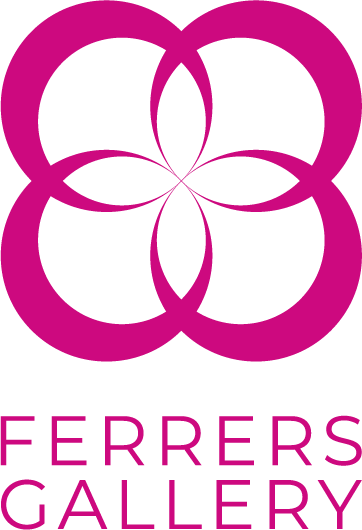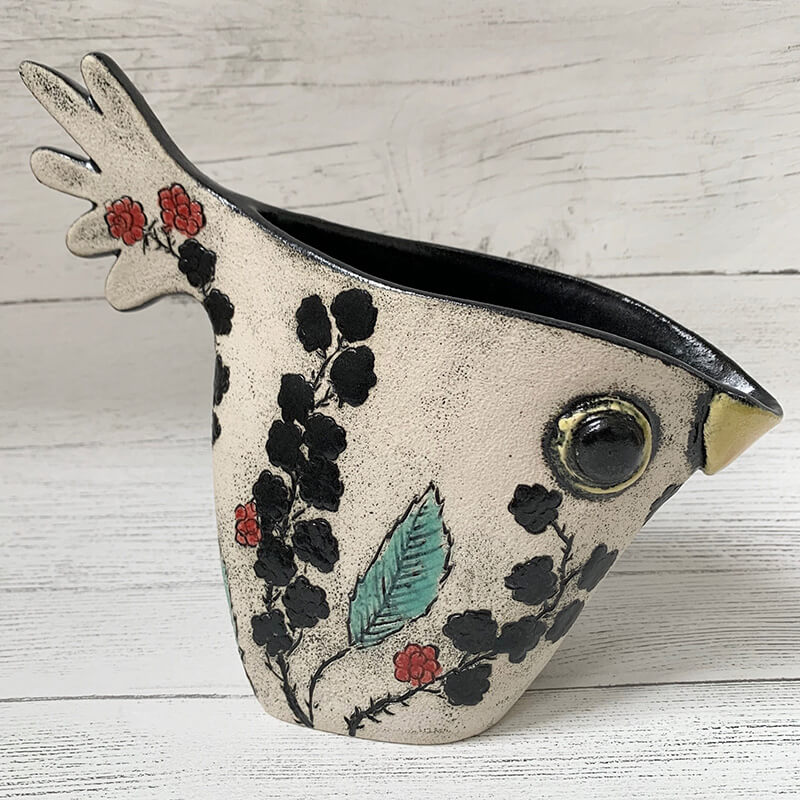A Hallmark is an official mark that is punched, or more recently can be lasered, onto a metal to show;
- The maker's mark
- The country in which the item was made
- The metal quality
- The Assay office in which it was Hallmarked
- The date marked

An example Hallmarking series on silver
A History of Hallmarks
Hallmarks were first used on silver, dating back to the 4th century AD, with evidence of silver bars being marked around 350AD. There is also what is thought to be hallmarked
From the late middle ages onwards, hallmarking was administered by local governments through authorised assayers, who examined these precious metal objects before the object could be for sale to the public. Due to the lack of precise analytical tools and techniques however, these standards could only be partly enforced.
In 1300 King Edward I of England passed a statute, requiring that all silver articles must meet the sterling silver standard (92.5% pure silver) and be assayed accordingly by 'guardians of the craft' who would then mark the item with a leopard's head. This was followed by King Edward III of England, who in 1327 granted a charter to The Goldsmiths' Company, marking the beginning of the Company's formal existence. The headquarters were based in London at Goldsmith's Hall, which is where the English term "hallmark" is derived.
In 1363, individual maker marks were introduced in England.
In 1478 the assay office was established in the Goldsmith's Hall, along with introducing the date letter mark.
In 1544 a lion passant was added to English marks.
Modern Hallmarking
In November 1972, a core group of European nations signed the Vienna Convention on the Control of the Fineness and the Hallmarking of Precious Metal Objects. This was an attempt at creating a standard for legislation on the inspection of precious metals and to facilitate international trade. In July 2016 Birmingham Assay Office began striking Birmingham Hallmarks in Mumbai, India and in 2018 it was decided that any silver marked offshore must be distinguishable between UK marks. London and Edinburgh offices are now the only assay offices that exclusively mark in the UK.


